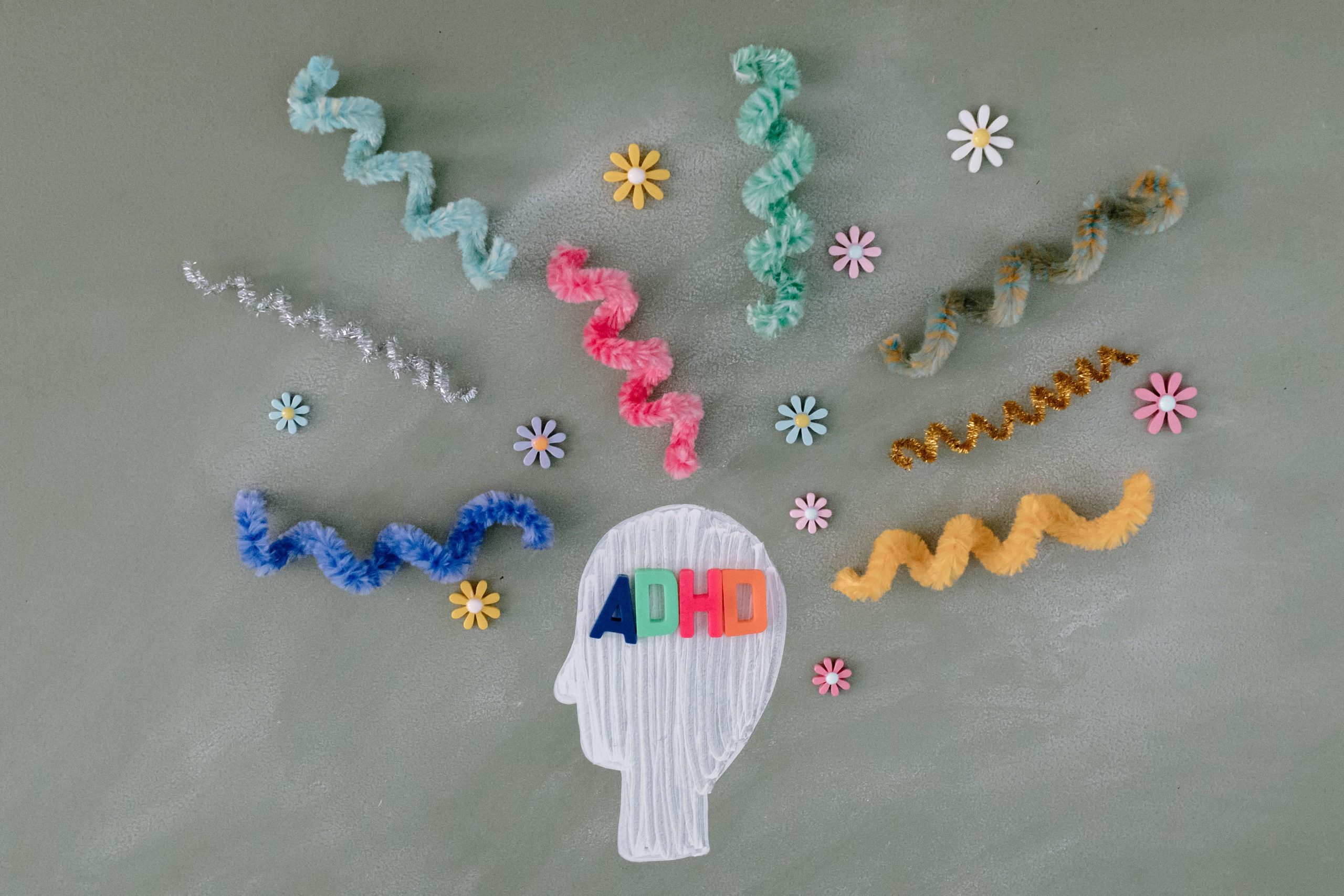Bright Minds, Tough Conversations: The Dual Edge of Neurodiversity in the Workplace
Embracing neurodiversity in the workplace is increasingly recognised as bringing a wealth of rewards in the business landscape. Yet, the task of managing a team whose members may think in ways that inspire – and interact in ways that cause friction – can present unique challenges.
As a Clinical Psychologist I work with many professionals who opt to be entrepreneurs or solopreneurs, describing the ongoing challenges of masking in the workplace too difficult. It is a real loss for businesses. To better embrace neurodiversity in the workplace, there are a few challenges that require thoughtful navigation.
What is neurodiversity?
Neurodiversity is an umbrella term, a concept that recognises and celebrates the spectrum of human cognitive abilities and styles. It’s an understanding that people’s brains are wired differently, representing normal variations of the human experience. Conditions such as autism, ADHD, dyslexia, and other neurological differences fall under this umbrella.
 For most of my clients, their diversity has been marked as a disability. They have been encouraged to build skills and become more neuro-typical in their approach. But, despite their best efforts, masking is exhausting – and rarely leads to high performance. Instead, it tends to lead to burnout.
For most of my clients, their diversity has been marked as a disability. They have been encouraged to build skills and become more neuro-typical in their approach. But, despite their best efforts, masking is exhausting – and rarely leads to high performance. Instead, it tends to lead to burnout.
Embracing neurodiversity means more than tolerating differences; it means actively valuing and seeking out people who are neurodiverse.
Superb initiatives like DXC’s Dandelion Program highlight the extraordinary capacities that many neurodiverse individuals bring, including skills in visual thinking, accuracy, and attention to detail. Such initiatives support recruitment in areas including cybersecurity or data analytics, where talent gaps exist. And yet, in smaller businesses with less resources, implementing such a program may feel insurmountable.
Neurodiversity at work
For businesses keen to embrace those with ADHD, Autism, or other forms of neurodiversity, what would that look like?
In a business setting, embracing neurodiversity involves creating an inclusive workplace culture that recognises and supports different cognitive abilities.
This includes:
- Fostering open dialogue about needs and preferences,
- Providing necessary accommodations for a mentally healthy workplace,
- Educating managers and colleagues about neurodiversity.
Embracing neurodiversity is about more than just hiring practices. It’s about cultivating an organisational ethos that values diversity in all its forms. It’s about building neuro-affirming language and acceptance. Rethinking what it might mean when eye contact isn’t present, or a team member begins fidgeting during your presentation. And it’s worth the effort, because teams that engage with minority perspectives or encourage divergent thinking are found to be more innovative, more resilient, and more likely to discover novel solutions.
The Complexity and Challenge of Neurodiverse Teams
Despite the many benefits, embracing diverse teams is far from simple in any size of business. The reality is that diverse teams present unique challenges. For example, consider Sam, who is Autistic, and Crystal, who has ADHD. Their communication styles may differ significantly from their peers, leading to misunderstandings.
Sam doesn’t want to wear a badge to tell everyone he is Autistic, and nor should he have to. His communication style differs significantly from his peers, leading them to misunderstand his behaviour as “rude” or “unfriendly.” Sam doesn’t make small talk, and rarely asks how others are. In a typical meeting environment, Sam’s unique insights may not be shared when he doesn’t feel welcomed in the group, or safe in the meeting.
Or consider Crystal, who has ADHD and is part of the same team. She thrives in social interactions, is bright, bubbly and connected. However, she struggles with impulsiveness and task initiation, agreeing to take on tasks, but failing to deliver on time unless carefully supported. Her perceived unreliability may undermine her ability to influence the group and add value, despite clear skills.
These simple examples highlight that managing diversity is not a one-size-fits-all approach. No two people have the same communication style or support needs. Different styles of communication and unsupported challenges can both lead to exclusion and performance issues, instead of a high performing team.
Cultivating an Inclusive Environment
So, how can a business foster an environment that is open to different points of view, accommodates various neurodiverse needs, and is sensitive to diversity in communication styles?
Simply recognising the challenges is the first step in addressing these complexities. Becoming better informed is an essential step toward creating an inclusive workplace.
The Strategic Importance of Neurodiversity
In today’s rapidly changing global economy, understanding and embracing neurodiversity isn’t compassionate; it’s strategic.
- Neurodiversity Fuels Innovation and Problem-Solving: Tap into new ideas and creativity – organisations like SAP have tapped into neurodiverse individuals’ problem-solving abilities to nurture creativity. Similarly, ANZ’s Spectrum Program acknowledges the invaluable problem-solving capabilities brought by Autistic individuals.
- Broadening the Talent Pool: When there is a shortage of talent, it may be time to rethink whether your hiring processes are neuro-friendly. Companies like Microsoft have uncovered skills often missed by traditional methods through their innovative Neurodiversity Hiring Program.
- Enhancing Employee Wellbeing and Retention: Globally, one in twenty people are estimated to be neurodiverse. In Australia, up to one in ten people are thought to have ADHD. Neurodiverse people are already in the organisation and many have family members who are neurodiverse. Structures created by Ernst & Young and DXC, among others, boost team morale and mental health, showing that inclusion of diversity propels innovation. SAP have an impressive 90% retention rate, speaking to the loyalty fostered by their Autism at Work program, and Ford report increased commitment in the workplace.
- Corporate Social Responsibility: What do you value? Incorporating neurodiversity aligns with ethical business practices, illustrated by JPMorgan Chase’s Smarter Faster program and companies like HubSpot who emphasise inclusivity and the valuing of people over perks.
Embracing the challenges and opportunities of neurodiverse teams
It can seem like a big task to cultivate a workplace that is both accepting and inclusive of neurodiversity – it is not something completed in one training program or policy change. It is overly simplistic to believe that simply hiring neurodiverse individuals will directly translate into heightened productivity and profitability. Creating a neuro-affirming workplace requires thoughtful consideration and strategic action. Effective supports for all staff are the foundation for success. Businesses can begin by providing education programs that engage, educate, and begin conversations around team strengths and communication styles.
___
Article written by
Dr Amanda Mullin
Doctor of Clinical Psychology







